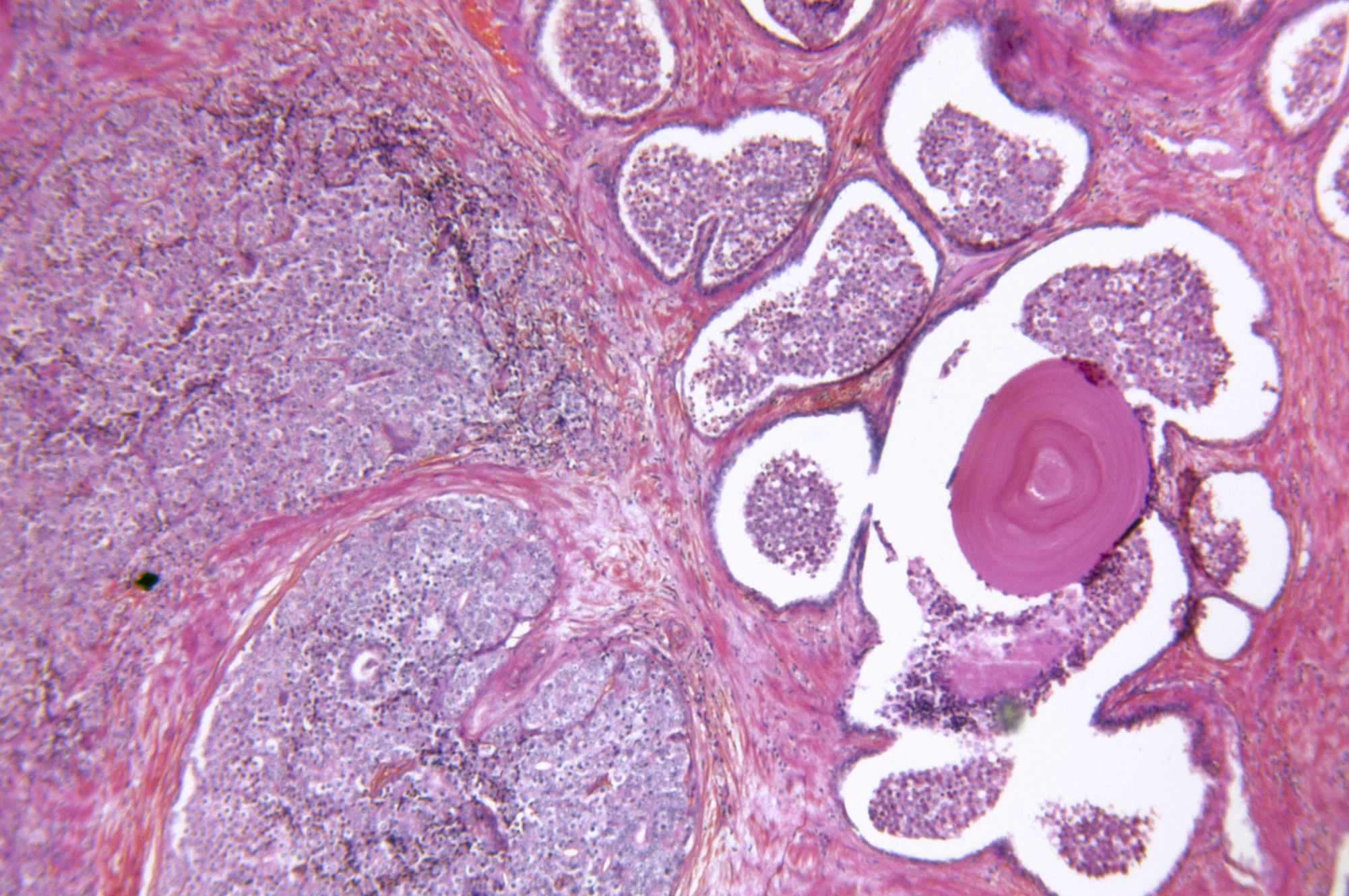FDA ODAC Votes to Restrict Olaparib/Abiraterone Use to BRCA+ mCRPC
During the ODAC meeting, members voted to restrict the use of olaparib plus abiraterone and prednisone or prednisolone to patients with BRCA-mutated metastatic castration-resistant prostate cancer.
The FDA’s Oncologic Advisory Drug Committee cast an 11-1 vote in favor of labeling restricting use of olaparib (Lynparza) plus abiraterone (Zytiga) and prednisone or prednisolone to patients with BRCA-mutated metastatic castration-resistant prostate cancer (mCRPC).1
"Because of the way the trial was done, it’s hard to approve this drug with so much uncertainty in that subset. There could be mechanistic synergy or additivity of these drugs together, and then potential additive or synergistic clinical effect but not in the BRCA-mutated cohort," according to an expert from Vanderbilt University Medical Center.

The meeting was conducted to review the regimen’s supplemental new drug application which was accepted in August 2022. Members were asked to consider if the combination as initial treatment for mCRPC should be restricted for patients with BRCA tumors. Additionally, if participants believed it should not be approved in any indication, they were told to abstain from voting. There was 1 member of the committee who abstained from voting.
The manufacturer provided an update on the application in March 2023.2 Based on results from the final prespecified overall survival (OS) analysis of the phase 3 PROpel trial (NCT03732820), which was presented at the 2023 Genitourinary Cancers Symposium, indicated that the combination demonstrated efficacy.3
The data showed a median OS of 42.1 months in the olaparib arm vs 34.7 months in the placebo group, of which there was a 19% reduction in the risk of death (Hazard ratio [HR], 0.81; 95% CI, 0.67-1.00; P = .0544).
Currently, the combination is approved in the European Union as well as several other countries for the same indication.4
“Because of the way the trial was done, it’s hard to approve this drug with so much uncertainty in that subset. There could be mechanistic synergy or additivity of these drugs together, and then potential additive or synergistic clinical effect but not in the BRCA-mutated cohort,” Brian I. Rini, MD, professor of Medicine at Vanderbilt University Medical Center, said during the voting process.
Previous results from the trial were published in The New England Journal of Medicine, in which 796 patients were randomly assigned to either the olaparib (n = 399) or placebo arm (n = 397).5 Patients were given 1000 mg of abiraterone once daily plus 300 mg of olaparib twice daily or matched placebo. Additionally, all patients were given 5 mg of prednisolone per the abiraterone label requirement.
The median imaging-based progression-free survival (PFS) was 24.8 months in the olaparib arm vs 16.6 months in the placebo arm (HR, 0.66; 95% CI, 0.54-0.81; P <.001). A prespecified analysis showed an imagining-based PFS of 27.6 months vs 16.4 months (HR, 0.61; 95% CI, 0.49-0.74) in the olaparib and placebo arms, respectively.
In 226 patients, homologous recombination repair (HRR) mutations were observed via a tissue test. In this population vs patients with non-HRR mutations, the imaging-based PFS favored the combination arm in both those with HRR mutation (HR, 0.50; 95% CI, 0.34-0.73) compared with those who did not (HR, 0.76; 95% CI, 0.60-0.97).
At baseline, 40.3% of patients had measurable disease, and the overall response rate was 58.4% in the olaparib arm vs 48.1% in the placebo arm (Odds ratio, 1.60; 95% CI, 1.02-2.53).
Patients had a median duration of exposure of 17.5 months for olaparib, 15.7 months for placebo, 18.2 months for the olaparib/ abiraterone arm, and 15.7 months for the placebo/abiraterone arm.
The most common grade 3 or higher adverse effects (AEs) between both arms were anemia (15.1% vs 3.3%). Serious AEs did not occur at grade 3 or higher in both arms.
Treatment discontinuation occurred in 13.8% vs 7.8% of patients in the olaparib and placebo arms, respectively. Discontinuation of treatment because of AEs occurred in 8.5% of patients in the olaparib arm and 8.8% in the placebo arm.
References
- Oncologic Drugs Advisory Committee (ODAC) Meeting. Streamed live April 28, 2023. Accessed April 28, 2023. https://bit.ly/429twqs
- Update on US regulatory review of Lynparza in combination with abiraterone for metastatic castration-resistant prostate cancer. News release. AstraZeneca. March 2, 2023. Accessed April 28, 2023. https://bit.ly/44bwFba
- Clarke NW, Armstrong AJ, Thiery Vuillemin A, et al. Final overall survival (OS) in PROpel: abiraterone (abi) and olaparib (ola) versus abiraterone and placebo (pbo) as first-line (1L) therapy for metastatic castration-resistant prostate cancer (mCRPC). J Clin Oncol. 2023;41(suppl 6):LBA16. doi:10.1200/JCO.2023.41.6_suppl.LBA16
- Lynparza in combination with abiraterone approved in the EU as 1st-line treatment for patients with metastatic castration-resistant prostate cancer. News release. Merck December 21, 2022. Accessed April 28, 2022. bit.ly/3v6ghIy
- Clarke NW, Armstrong AJ, Thiery Vuillemin A, et al; PROpel Investigators. Abiraterone and olaparib for metastatic castration-resistant prostate cancer. NEJM Evid. 2022;1(9). doi:10.1056/EVIDoa2200043
Navigating Treatment Intensification in Metastatic Hormone-Sensitive Prostate Cancer
A patient case of a 50-year-old man with hormone-sensitive prostate cancer sparked a debate among oncologists regarding the best course of action.